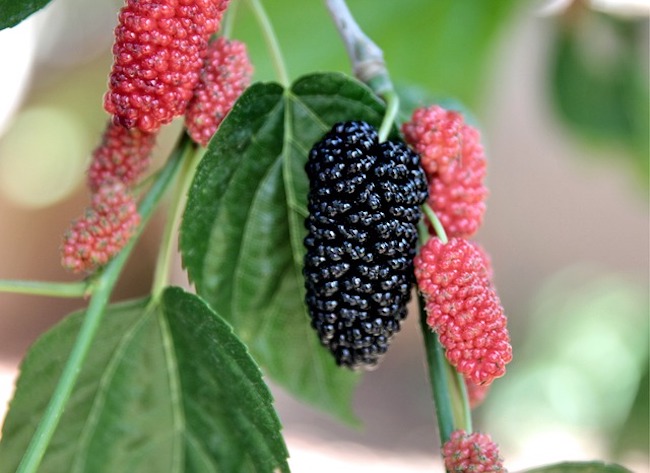Looking for pain relief? Try these 12 natural painkillers by: Stephanie Diaz for Natural News
When you’re experiencing any physical pain, it is natural to reach for over-the-counter medicines like acetaminophen and ibuprofen. However, the long-term use of these medicines can severely damage your liver. To avoid irreversible liver damage and other adverse side effects, here are some suggestions for natural painkillers that are safer and just as effective.
Essential oils and herbs that soothe pain
Traditional healers have been using herbal medicines and essential oils to treat illnesses for many years. These natural solutions are known to provide effective pain relief.
- Lavender essential oil: People commonly use lavender oil for relaxation and as a sleep aid. However, this essential oil can also be used for pain relief. Research shows that lavender oil can effectively soothe migraines. Animal studies also support lavender oil having pain-relieving, anti-inflammatory, and antioxidant properties.
- Rosemary essential oil: Numerous research suggest that rosemary extract can manage headaches, muscle and bone pain, and seizures. This herbal plant is also believed to reduce inflammation, soothe aching muscles, and boost memory. Research suggests that rosemary oil helps people with opium withdrawals relieve their pain.
- Peppermint essential oil: The active compounds in peppermint oil are believed to have anti-inflammatory, antimicrobial, and pain-relieving properties. These compounds include carvacrol, menthol, and limonene. Traditionally, peppermint oil was used to ease pain associated with muscle spasms and arthritis.
- Eucalyptus essential oil: Eucalyptus oil has shown to effectively reduce pain, swelling, and inflammation. Research shows that inhaling eucalyptus oil can also provide pain-relieving effects.
- Cloves: Cloves have been used traditionally to relieve pain from toothaches thanks to its anti-inflammatory properties. Moreover, cloves contain substances that have antioxidant, antifungal, antiviral properties.
- Capsaicin: The burning sensation you feel when eating chili peppers comes from a compound called capsaicin. When applied topically on the skin, the mild tingling and burning sensation it produces can help relieve pain. While researchers are not yet sure how capsaicin works as a painkiller, they believe that it has something to do with decreasing the skin’s sensitivity to pain.
- Ginger: Ginger root is known for its potent anti-inflammatory effects that help in pain relief. A systematic review revealed that daily consumption of two grams of ginger could reduce muscle pain.
- Feverfew: True to its name, feverfew has been used as a traditional remedy for fever, as well as migraine headaches, rheumatoid arthritis, toothaches, and stomachaches. It contains compounds like sesquiterpene lactone and flavonoids that exhibit anti-inflammatory effects. Research shows that the flowers and leaves of feverfew have analgesic properties. Note that feverfew is known to cause side effects like abdominal pain, nausea, vomiting. Consult your healthcare provider first before using this herb.
- Turmeric: The pain-relieving properties of turmeric is due to a compound called curcumin. In a study published in Clinical Interventions in Aging, researchers found that curcumin is comparable to ibuprofen when it comes to pain management.
Other ways to relieve pain
While herbal medicines are ubiquitous in nature, there are also certain therapeutic treatments and activities that can help manage pain.
- Acupuncture: Acupuncture is a form of alternative medicine that is known to reduce pain. In fact, the National Center for Complementary and Integrative Health (NCCIH) reports that this therapy can help with lower back, neck, and knee pain. It is also believed that acupuncture can relieve tension headaches, and migraines. (Related: Acupuncture: Better than meds for pain relief.)
- Yoga: Physical meditation practices in yoga, such as breathing exercises and stretching, are known to relieve pain, stress, and anxiety. Moreover, an NCCIH report states that yoga is an effective way to ease back pain and neck pain.
- Mindfulness meditation: Many people believe that chronic pain can be managed by doing mindfulness meditation. It is a form of meditation that focuses on present feelings and experiences. Research shows that doing mindfulness meditation can manage pain, as well as improve quality of life and symptoms of depression.
Pain is a natural symptom of injury or disease, but it doesn’t have to hinder your everyday routine. For more news stories and studies on how to get pain relief, visit Healing.news.




